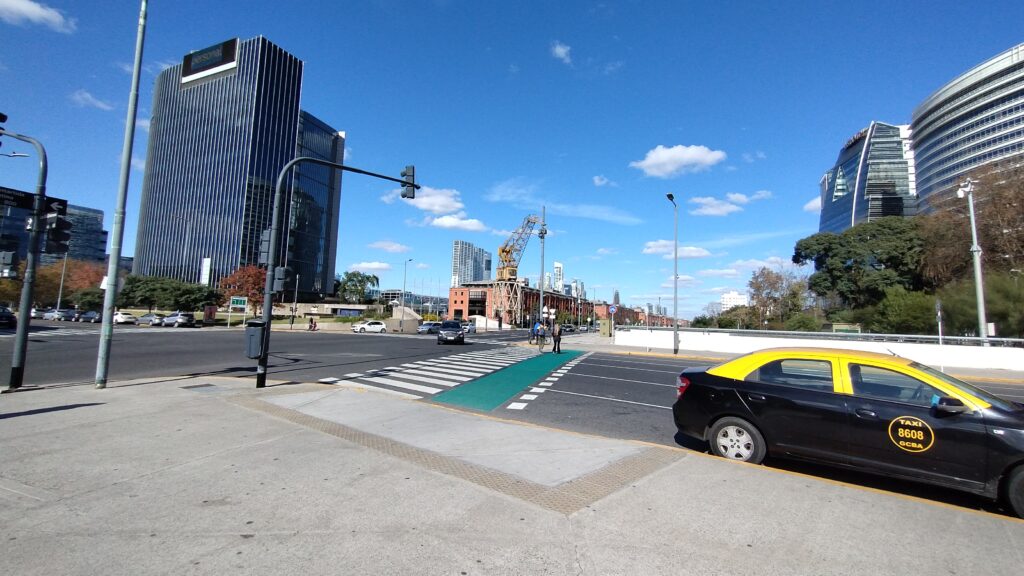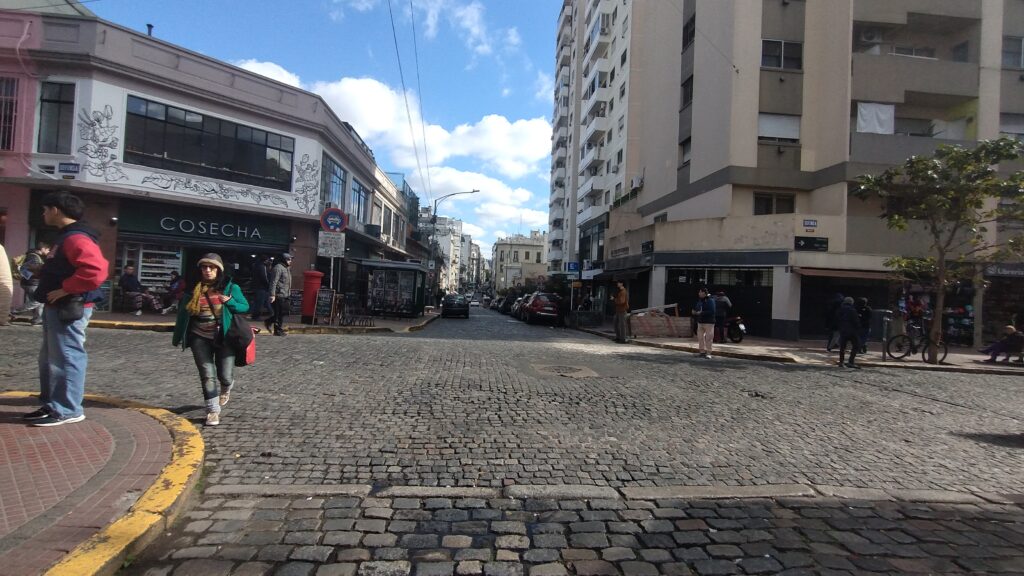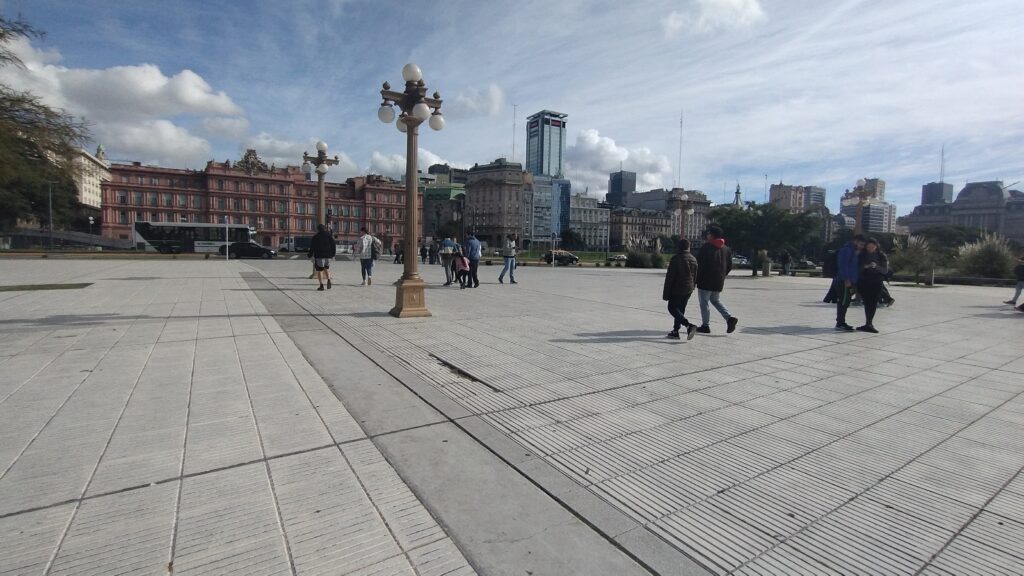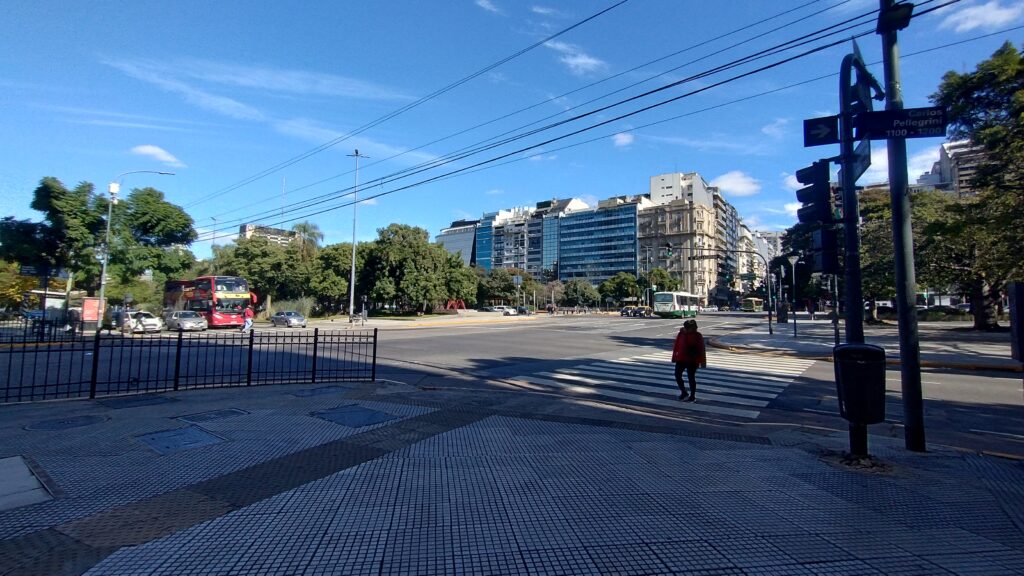Have you ever wondered if you’re approaching your Buenos Aires accommodation search all wrong? On ExpatPathways, we challenge you to rethink your strategy because the worst way to decide where to stay is by aimlessly searching for hotels, hostels, and apartments.
This approach leads to costly accommodations that don’t meet your needs and fail to provide the comfort and functionality you desire. Instead, follow our four crucial tips: start by clarifying the purpose of your trip and then delve into the diverse neighborhoods of Buenos Aires.
These are necessary steps before considering any lodging options. Join us as we guide you to make the best choice for your stay, whether you’re a digital nomad, traveler, or expat.
Where to Stay in Buenos Aires?
1. The First Key Question: What Is the Purpose of Your Trip to Buenos Aires?
It’s not uncommon for a foreigner to come to Buenos Aires with a purpose and find that the chosen place to stay doesn’t meet their needs.
More than in Buenos Aires, the first issue to resolve is within you. What is your purpose for the trip? Work? Tourism? Or maybe you are a digital nomad traveling the world? Not all profiles adapt to the same accommodation conditions.
But it’s not just a matter of hotel, hostel, or rented apartment. It’s also about the cost of living and location in Buenos Aires since staying in Palermo, a neighborhood popular with both foreigners and locals (and hence expensive), is not the same as staying in a neighborhood like Villa Crespo, perhaps a bit further from the tourist axis but more affordable and quiet.

2. It’s Time to Choose a Neighborhood in Buenos Aires
Buenos Aires is a city that, if you see it on a map, appears small. This impression is misleading and far from reality. It’s enough to zoom in on any map of the City of Buenos Aires, even without having walked its streets, to realize that it’s a true cosmopolitan city.
Well, Buenos Aires is divided into neighborhoods or communes. In total, it has 48 neighborhoods and 15 communes, the latter including more than one neighborhood within their jurisdiction.
Now, why do we emphasize Buenos Aires’ neighborhoods and communes so much? Because beyond an administrative and nominal issue, they offer very different living and economic conditions.
For example, despite Palermo and Almagro being separated only by an avenue (Avenida Córdoba), the living conditions, environment, and even costs change significantly between the two.
When choosing a neighborhood or commune in Buenos Aires to live in, you should keep the following criteria in mind to avoid miscalculations:
- Neighborhood location on the map: Not only concerning airports and tourist spots of interest but also regarding public transportation.
- Streets and avenues: A neighborhood with several avenues is an advantage for getting around, but also a disadvantage if you seek tranquility.
- Safety: Areas closer to the south and west of Buenos Aires tend to be a bit less safe than neighborhoods located in the center, north, and east of the city.
- Commercial activity: Although it seems logical, in some Buenos Aires neighborhoods you won’t need to walk more than a block for your basic shopping, while in others, the distance can be greater.
- Things to do: Not only in the neighborhood but also in the surroundings. From restaurants and cafes to museums, cinemas, and tourist spots worth visiting.

3. Hotel, Hostel, or Apartment?
At this point, you will have to reconcile your accommodation requirements and preferences with what each Buenos Aires neighborhood has to offer.
Although a neighborhood may be affordable and have a good living standard without being touristy, perhaps the accommodation options do not meet what you are looking for.
In truth, you will find accommodations throughout the City of Buenos Aires, although it’s not a guarantee of the same proportion and quality in all neighborhoods. For example, Puerto Madero, Palermo, or the central area of Buenos Aires offer many lodging alternatives, though the cost of living and lodging itself tends to be a bit higher. On the contrary, quieter neighborhoods like Villa Crespo, Caballito, or Almagro are affordable and peaceful, though the accommodation offer is much lower.
If you’re looking for hotels for stays of 1 or 2 weeks, it’s ideal to search in tourist neighborhoods like Palermo, San Telmo, Recoleta, Retiro, Centro, and San Telmo.
Conversely, if you want a hostel to use as a “bunker” and to meet other travelers or digital nomads, it’s ideal to focus on neighborhoods like San Telmo, Centro, and Palermo.
Apartments for rent? The offer varies constantly and is mostly managed by individual owners. Therefore, the options for choosing can be fewer or greater depending on the time of year and the country’s economic conditions.

4. Investigate Safety and Learn to Orient Yourself
This should be done not only before choosing a neighborhood and accommodation but also afterward and even before arriving in Buenos Aires.
These are two issues crucial to the life of any foreigner living in a city like Buenos Aires. While it’s true that GPS could keep us oriented, sometimes you’ll need to do it like in the old days when technology didn’t correct our mistakes.
First, investigate safety issues. Buenos Aires is one of the safer cities in Latin America, but crime remains a latent possibility. And sometimes, those chances increase or decrease depending on how much attention we pay to recommendations:
- Is the neighborhood where you’re staying safe to walk at night?
- Which streets, avenues, or specific places (parks, squares) should you avoid walking through if possible?
- Is it safe to leave a bicycle parked on the street?
- Is it safe to sit at an outdoor table when visiting a restaurant or café?
- Where is the nearest police station?
These questions will give you a general idea of the neighborhood to know how to deal with something that, although remote, can happen when you least expect it.
As for orientation, apart from Google Maps or Waze, we refer to basically “knowing where you are.” That is, not only where the cardinal points are but also where the trains, subways, and bus lines circulate, where it’s more convenient to take a taxi, etc.
Orientation is essential for the traveler visiting cities like Buenos Aires, even more than in more rural or less developed cities.

Last Considerations
Have you considered the best strategy for choosing your accommodation in Buenos Aires? ExpatPathways emphasizes that starting your search without clear criteria is a recipe for costly and unsuitable lodgings.
To avoid this, follow our four vital tips: define the purpose of your trip, and carefully analyze the neighborhoods of Buenos Aires before exploring accommodation options. This method ensures you find a place that matches your needs for comfort and functionality.
Whether you’re a digital nomad, traveler, or expat, these steps will help you make a smart choice and fully enjoy your stay in Buenos Aires.
(Featured Image Source:


